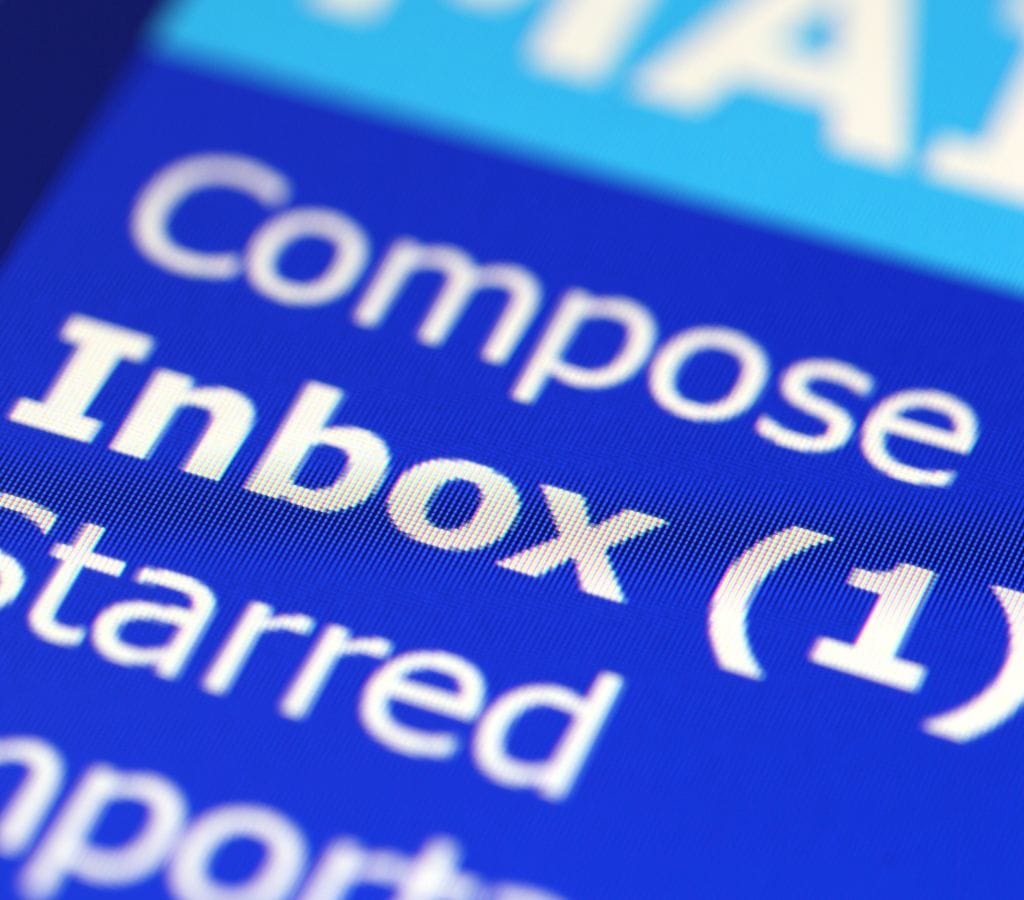Writing a follow-up email can be a delicate task, especially when you're trying to re-engage someone who hasn't responded to your initial message. Whether you're following up after an interview, a meeting, or a job application, the key is to remain polite and professional while still conveying your message effectively.
In this post, we'll show you how to write a polite follow-up email, including samples and templates for various scenarios.
Why Send a Follow-Up Email?
To fully understand how to write a follow-up email, it is first necessary to understand why these emails are so important.
- Re-engagement: Follow-up emails are an excellent way to get the recipient's attention again, especially if they didn't answer your first message.
- Additional Information: They give you a chance to share more information or make sure you understand anything that was unclear in the first message.
- Request Updates: You can use follow-up emails to find out what's going on with a request, application, or proposal.
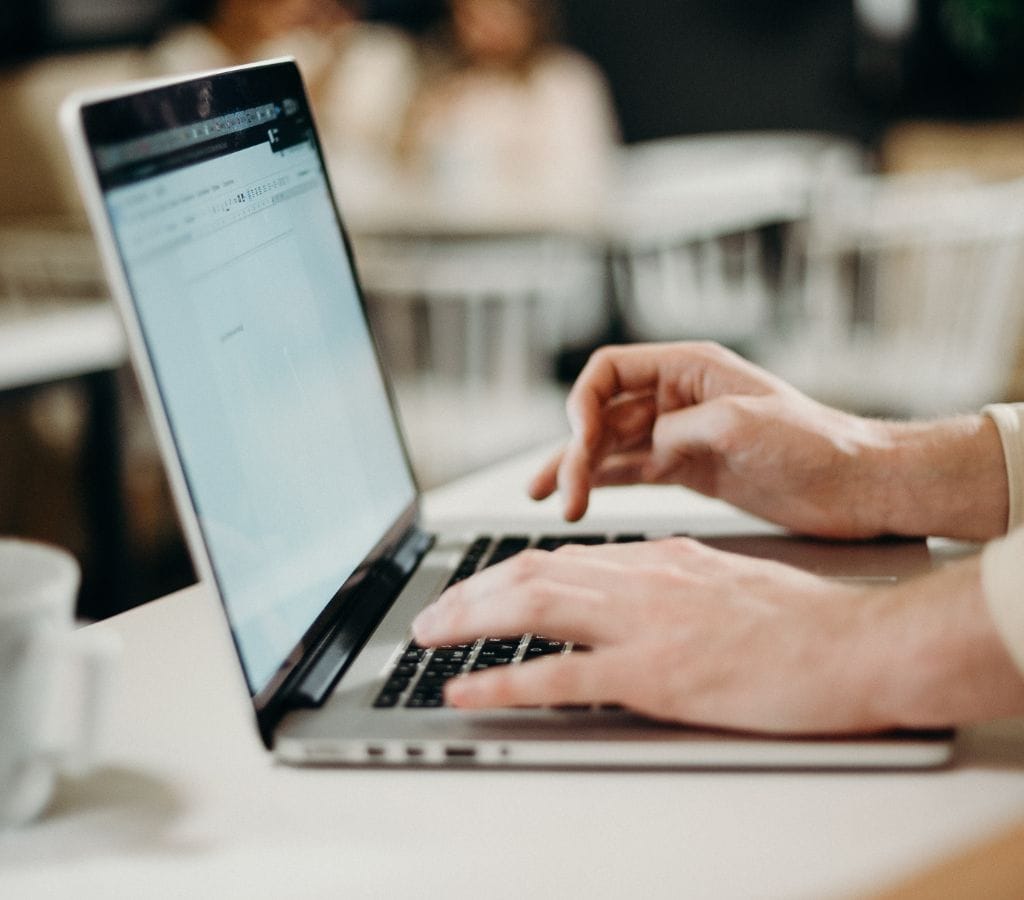
When to Send a Follow-Up Email?
Timing is everything when it comes to sending follow-up emails. Here are some guidelines on when to send them:
- 24 hours: For a "thank you" follow-up email after a meeting or sales conference.
- 48 hours: After submitting a job application.
- 1-2 weeks: For follow-ups on meeting requests or no responses regarding a job offer.
- Every 3 months: To catch up with a connection.
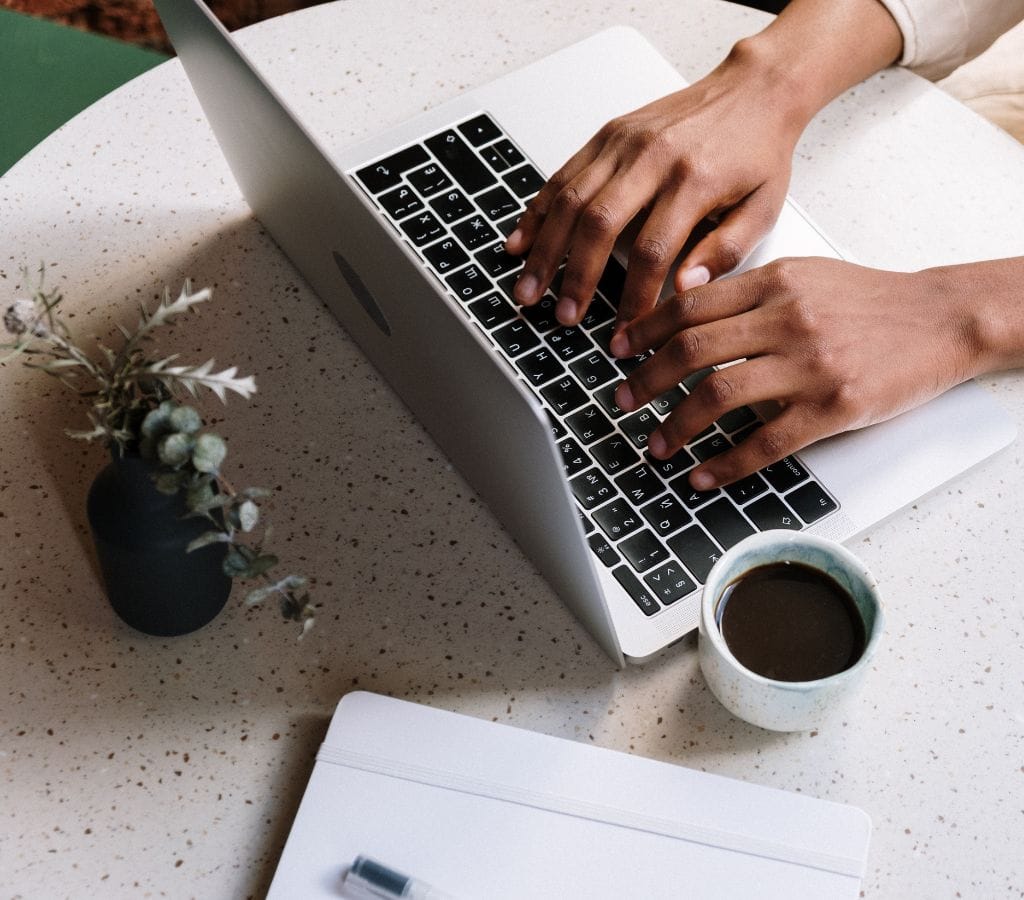
The ‘How’ of the Follow-Up Email
Triggers are the idea behind follow-up emails. Natural and artificial causes are the two main types.
- Natural Triggers: These include customer announcements, company expansions, product announcements, email campaigns, successful fiscal quarters/years, awards, and additional funding or press coverage. Use these as opportunities to send a congratulatory email that can help you get noticed without being too pushy.
- Artificial Triggers: These involve sending a simple email with a mini-survey. This can help you gauge the recipient's interest and move the conversation forward.

How to Write Follow-Up Emails?
Once you know what you want to achieve with your follow-up email, you can start writing it. To write a good follow-up email, you need to pay attention to the details, be clear, and use a strong structure. This part will talk about the most important parts of making a follow-up email, such as the subject line, the body, and the closing.
Choosing the Right Subject Line
People will either open your email or not based on the subject line, which is the first thing they see. A good subject line for a follow-up email should be short, clear, and related to the email's goal. Here are some ideas to help you pick the best subject line:
- Provide Details: Make it clear what the email is about or why you're sending it to get their attention.
- Personalize: Putting a personal reference or link in the subject line can make it more likely that the person will open your email.
- Keep it Short: A subject line should have no more than 6–8 words so that it can be quickly read.
- Avoid Words That Set Off Spam Filters: Stay away from words that set off spam filters and send your email to the place where spam is stored.
The Body of the Email
The body of your follow-up email should be short, well-organized, and clear about why you're writing it. Here is a list of the most important things to include:
- Greetings: Begin your email with a friendly and professional welcome. You should use the recipient's name if you know them personally. A general greeting like "Dear [Recipient's Name]" will do in this case.
- Introduction: To start, show your appreciation or bring up a previous conversation to connect with them. When you follow up with the speaker, thank them for their time. When following up in sales or networking, talk about what you talked about before.
- Purpose Statement: Make the point of your email clear and straightforward. This helps the person who receives your message quickly understand what you mean.
- Relevant Information or Updates: Give any information that is relevant to your goal. This could include new information, answers to questions, or any progress made since the last time you talked.
- Call to Action or Request: Make it clear what you want the other person to do or what you think they should do next. Give them clear instructions or choices to make it easy for them to reply or act.
- Extra Value: Give the person something useful, like an article, resource, or idea that is related to your goal. This shows that you're ready to help and makes the relationship stronger.
- Closing: Say something nice at the end of your email, like "Thank you for your time" or "I look forward to hearing from you." Add your name and how to reach you after that.
The Closing and Signature
When you sign off on your follow-up email, it should look professional and end on a good note. Here are a few things to keep in mind:
- Pick the Right Closing: Pick a closure that fits the tone and subject of your email. You could say "Best regards," "Sincerely," or "Thank you."
- Type Your Full Name: Make sure everything is clear and professional by signing off with your full name.
- Give Contact Information: In your name, put your contact information, like your phone number and email address. This makes it simple for them to get in touch with you.

Polite Follow-Up Email Sample for a Request
Here’s a sample polite follow-up email for a request:
Subject Line: Follow-Up on Your Request
Hi [Name],
I hope this email finds you well. I wanted to follow up on my previous email regarding [specific request or topic]. I understand that you are busy, and I appreciate your time.
Could you please let me know if there are any updates or if there is any additional information you need from me? I’m here to help and want to ensure that we move forward efficiently.
Thank you for your attention to this matter.Best regards,
[Your Name]
Additional Tips:
- Avoid Delaying Follow-Ups: Send follow-ups within three days of the initial outreach email to avoid being forgotten.
- Be Clear and Concise: Distill your email down to the clear ask. For example, “Just following up on the request in my email below. Do you think you’ll be able to provide that data for the April 25-May 31 date range?”.
- Include Attachments: If the original email had an attachment, re-attach it in the follow-up email to provide context.
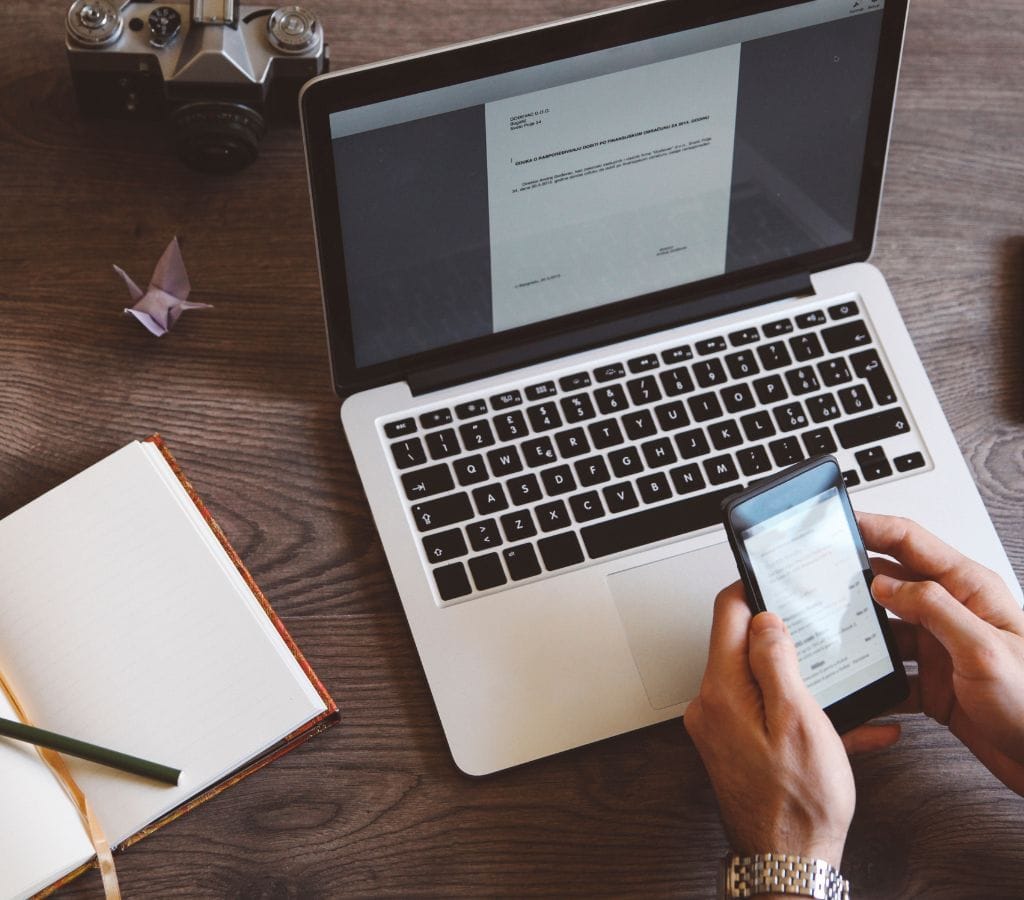
Follow-Up Email After No Response
If you haven’t received a response, here’s a sample follow-up email:
Subject Line: Follow-Up on [Topic]
Hi [Name],
I hope this email finds you well. I wanted to follow up on my previous email regarding [specific topic]. I understand that you might be busy, but I wanted to ensure that you received my message and to see if there are any updates.
If there’s any additional information you need from me or if you have any questions, please let me know. I’m here to help and want to ensure that we move forward efficiently.
Thank you for your time.
Best regards,
[Your Name]
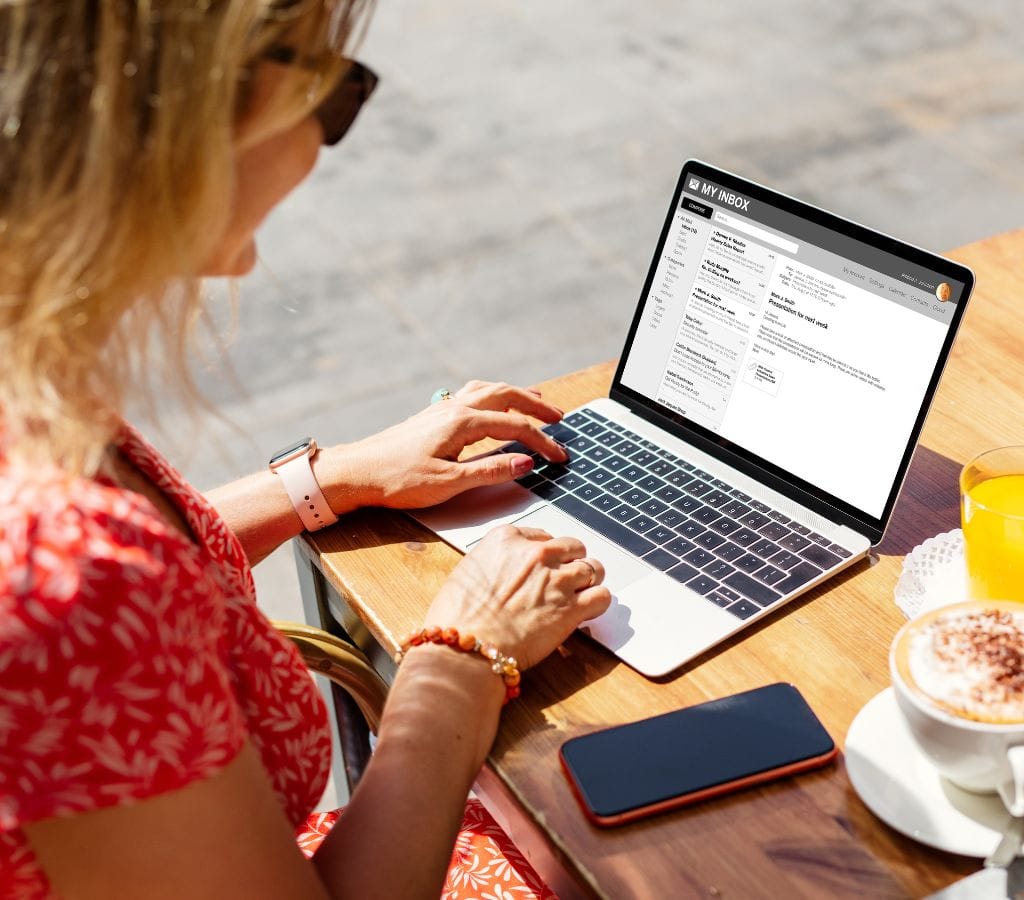
Follow-Up Email After an Interview
If you’re following up after an interview, here’s a sample email:
Subject Line: Thank You for the Opportunity
Hi [Interviewer's Name],
I hope this email finds you well. I wanted to thank you again for the opportunity to interview for the [Position] role at [Company]. I truly appreciate the time you took to speak with me and share your insights about the position.
I am very excited about the possibility of joining your team and contributing to the company's success. If there is any additional information you need from me or if you have any further questions, please do not hesitate to reach out.
Thank you once again for your time and consideration.
Best regards,
[Your Name]
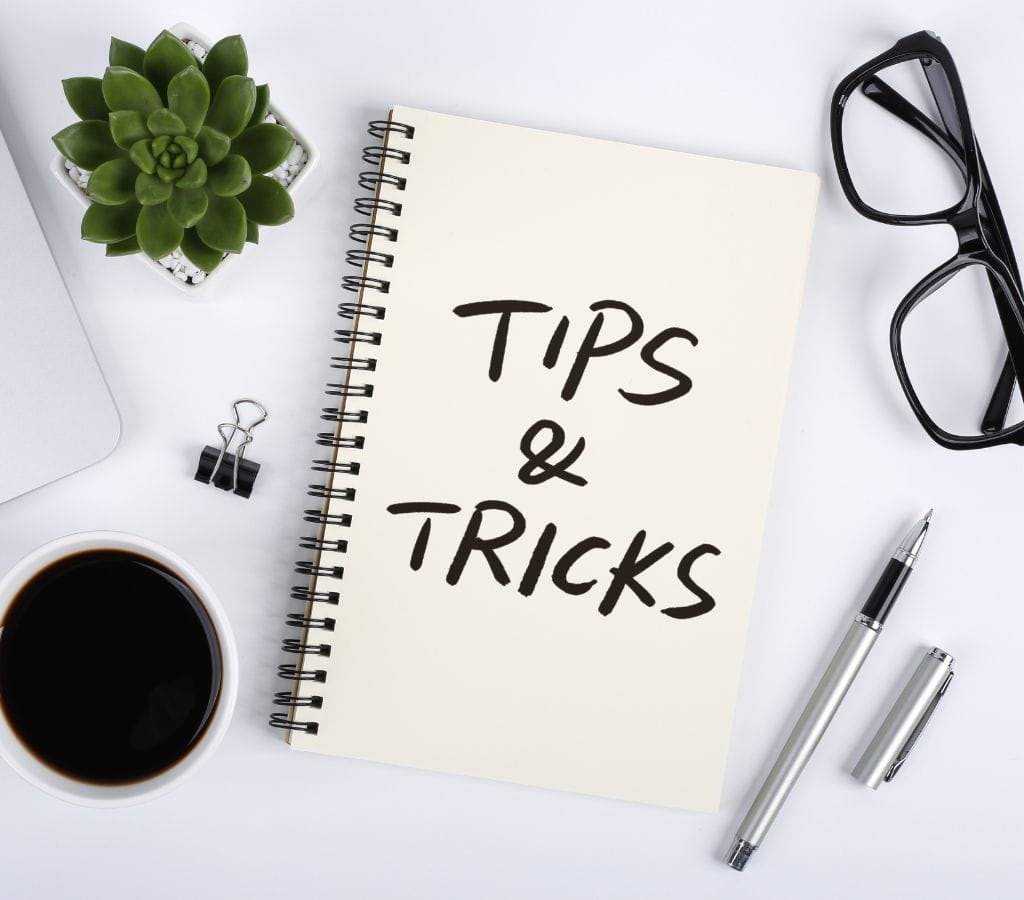
Tips for Sending Follow-Up Emails
- Personalize Each Email: Tailor your follow-up emails to the recipient and include specific details from your initial communication.
- Keep it Short: Use shorter sentences and paragraphs to make your email more readable.
- Use a Conversational Tone: While professionalism is key, using a conversational tone can make your email feel less formal and more approachable.
- Run A/B Tests: Send different versions of the follow-up email to similar users to see which one gets the most responses.
- Optimize for Mobile Devices: Ensure your follow-up emails are easy-to-load and mobile-friendly, as a large chunk of emails are first accessed through mobile phones.
Common Mistakes to Avoid
- Being Pushy: Avoid coming across as pushy or annoying. Remember that the recipient is busy, and a gentle reminder is more effective than an aggressive push.
- Not Providing Context: Make sure the recipient doesn’t have to re-read the original email. Provide context by including any necessary attachments or summaries.
- Not Timing It Right: Avoid delaying follow-ups for more than ten days. Send follow-ups within three days of the initial outreach email to avoid being forgotten.
In conclusion, you can write polite and effective follow-up emails that increase the chances of getting a response. Remember to stay professional, be clear and concise, and personalize each email to the recipient. With practice and the right approach, you can write follow-up emails that achieve your goals.
